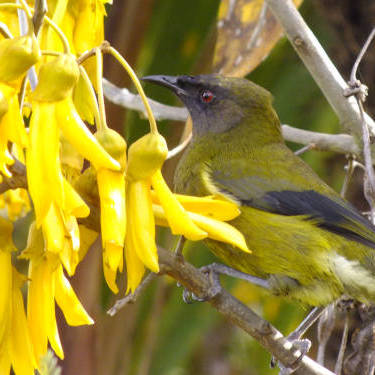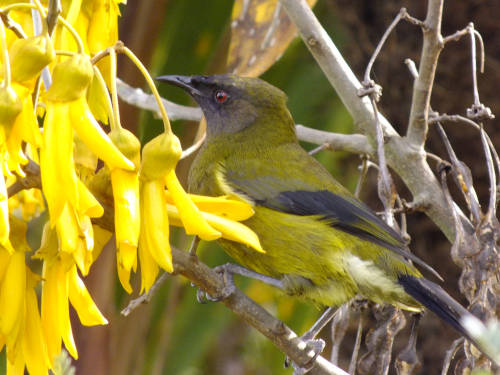Kowhai seeds

Botanical name
Sophora tetraptera
Details
Large yellow flowers from September to November loved by bellbird and tui.
Seed requires scarification before sowing. Mechanical scarification works best for this species. Reasonable results can also be achieved with hot water treatment.
Drought tolerance
Evergreen
Nitrogen fixer
Perennial
Price
$3.90
20 seeds

